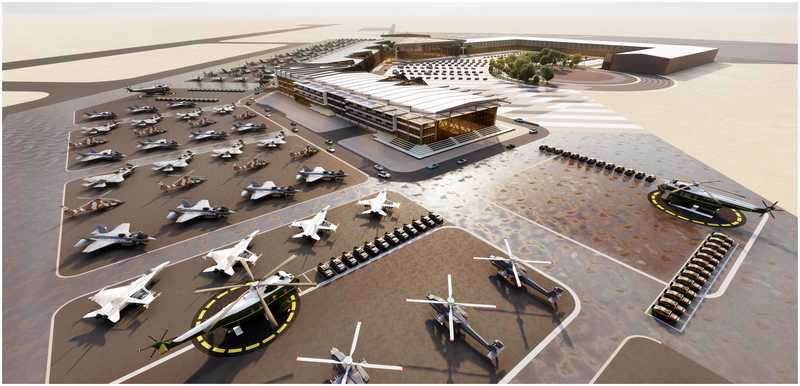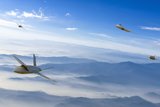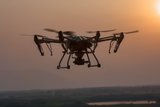Global defense industry to tap into Middle East market at Saudi Arabia’s World Defense Show (Sponsored)
The inaugural World Defense Show, Saudi Arabia’s first-ever defense event of its kind, is just a few short weeks away. Founded by the General Authority for Military Industries (GAMI) – the Kingdom’s defense industry regulator, enabler, and licensor – the event is set to unlock opportunities for global firms to participate and invest in a rapidly developing ecosystem.
Historically one of the world’s biggest military importers, Saudi Arabia is now working to localize its defense capabilities. In line with the Vision 2030 economic transformation program, World Defense Show serves as a catalyst to localize half of Saudi Arabia’s military spending nationally over the next decade.
The event – which has sold out all exhibition space – indicates global defense producers’ strong appetite for opportunities in the booming Saudi defense sector. Industry giants including Boeing, Raytheon, and Lockheed Martin are just some of the international names on-board.
Hundreds of companies of different sizes and from all levels of the global supply chain are expected to descend on Riyadh to capture investment and partnership opportunities in the Middle East’s biggest defense market. In 2021 alone, the Saudi defense market was valued at $14.06 billion, and in 10 years is projected to register a more than 3.5% compound annual growth rate (CAGR).

The day before the event kicks off on March 5, World Defense Show will welcome tens of thousands of visitors with the Riyadh Salute, a traditional military air show that will see 70 international and local military aircrafts take part in a showstopping, city-wide display of Saudi Arabia’s defense capabilities. Taking place on the same day, the Riyadh Defense Forum, hosted by renowned think tank the International Institute for Strategic Studies (IISS), will bring together up to 300 of the world’s most influential military and governmental figures to engage in the dialogues shaping the global defense landscape.
For the core four trade show days, attendees can look forward to a curated experience of the latest defense technologies across all five domains – air, land, sea, security and space – in virtual simulations, live demonstrations, and displays. In parallel, attendees will participate in networking programs designed to produce partnerships between Saudi Arabia’s defense stakeholders and their international counterparts. Industry experts from leading defense companies, government entities, and academia will also deliver thought daily leadership sessions covering topical defense issues.
To learn more about World Defense Show and view the event program, follow this link.
For more information about the show features, click here.
More from Industry Spotlights
-
![The future is here: Sixth-gen air dominance]()
The future is here: Sixth-gen air dominance
How RTX is equipping the military airspace – for today’s fleet and tomorrow’s fight.
-
![De-Risking the Future: Manufacturing Certainty for Unmanned Systems]()
De-Risking the Future: Manufacturing Certainty for Unmanned Systems
How strategic manufacturing partnership solves the industrialisation triad — Scale, Compliance and Cost — for hyper-growth defence tech innovators.
-
![Battlefield mobility, made in the UK]()
Battlefield mobility, made in the UK
How does Britain ensure that we can preserve the lives of our soldiers and allies – now and in the future – with homegrown innovation and resilient domestic manufacturing? At Pearson Engineering, we are proud to be a central part of the answer to this increasingly important question.
-
![Strengthening Baltic defence capabilities]()
Strengthening Baltic defence capabilities
How Latvia is bolstering its territorial defences, industrial capacity and international cooperation with Dynamit Nobel Defence’s SKORPION2 Remote Mining System.
-
![Barco’s vision to trust: from past to future]()
Barco’s vision to trust: from past to future
Barco’s story is one of constant evolution enabling more immersive, reliable, and future-ready training experiences.
-
![How are next-generation ejection seats helping pilots when they need it most?]()
How are next-generation ejection seats helping pilots when they need it most?
The ACES 5 ejection seat from RTX’s Collins Aerospace introduces new, innovative and patented technologies to help save lives.


























